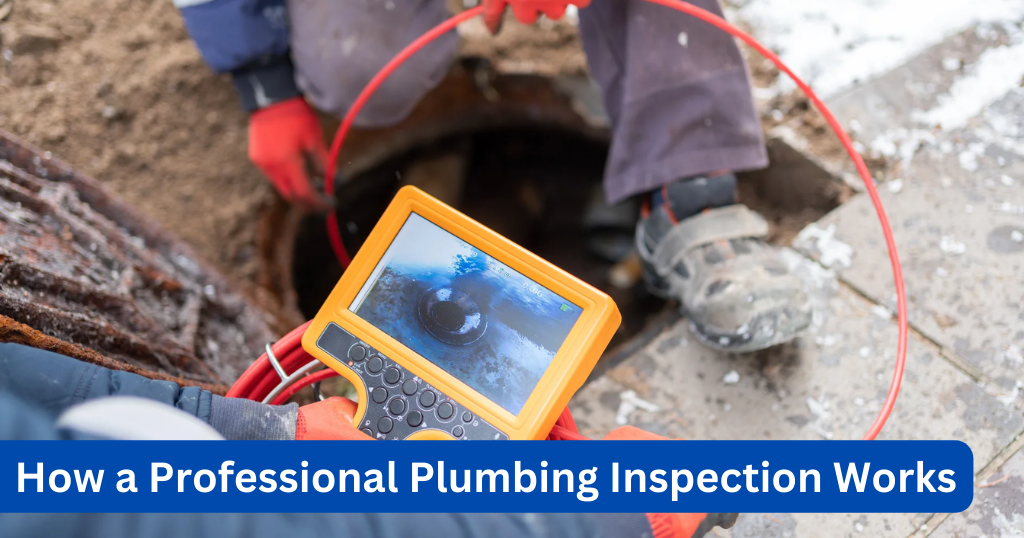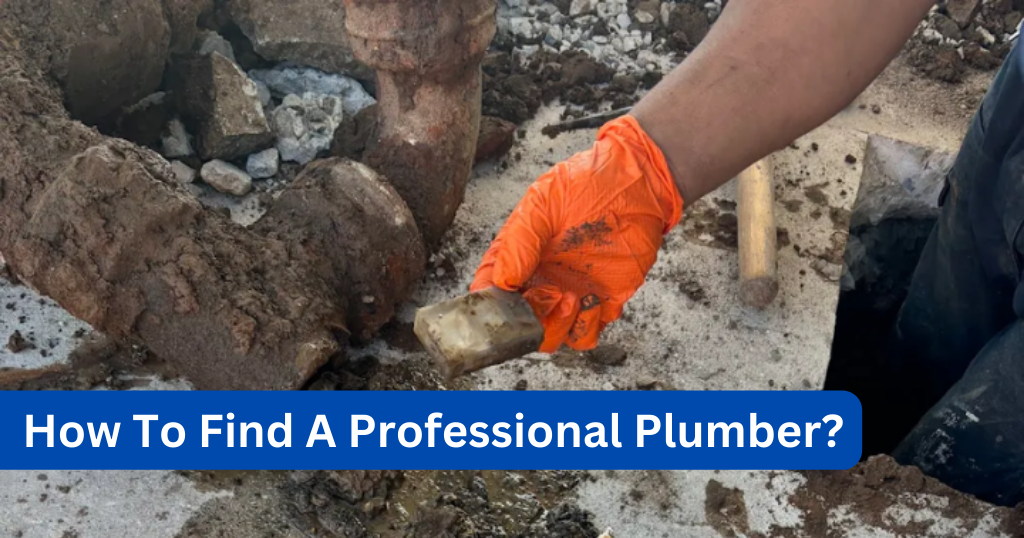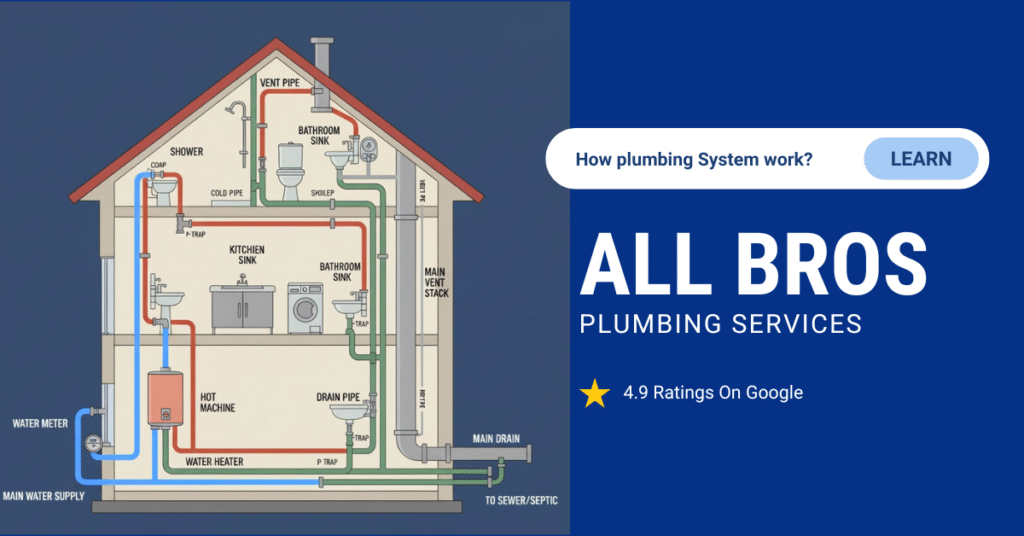A plumbing inspection is the solution you need to avoid costly water damage, hidden leaks, low water pressure, and unexpected plumbing failures. Even for your home, office, or commercial space, a professional inspection detects problems early before they turn into expensive repairs.
Expect a thorough inspection of your water supply, drainage, fixtures, and appliances, covering both visible and hidden areas, utilising expert skills and advanced tools. From detecting leaks and blockages to testing pressure and corrosion, a plumbing inspection gives you peace of mind and a safe, reliable water system. It’s the smart way to protect your property and avoid emergencies.
Protect your homes and businesses today. Secure your plumbing’s health by booking a professional inspection with All Bros Plumbing and address issues early before they escalate
What to Expect from a Plumber During an Inspection?
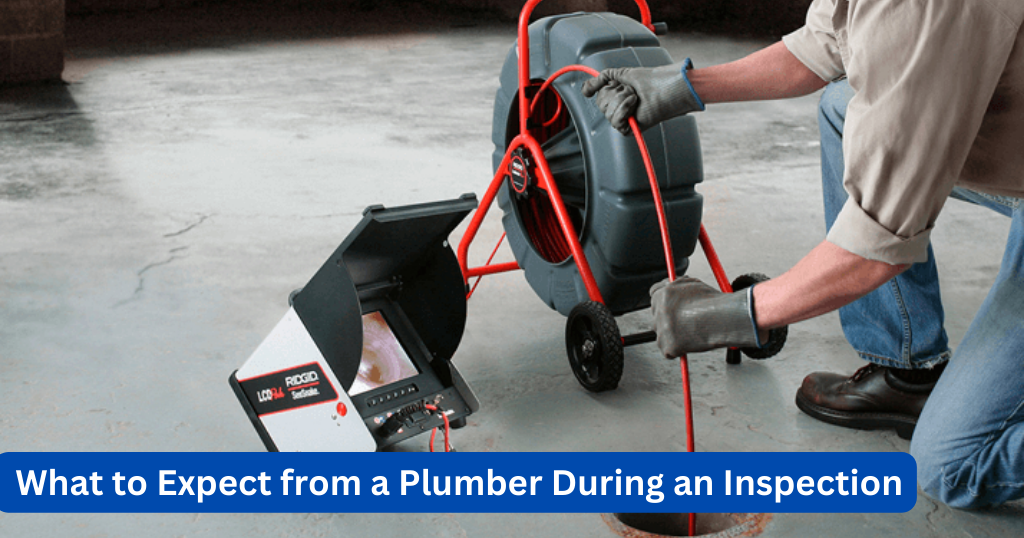
When you get a plumbing inspection, a professional plumber will thoroughly inspect your entire water system. Some simple inspections include:
- Checking water pressure, pipe condition, and looking for leaks and weakness
- Checking of Sewer lines and drains to find blockages or damage.
- Identifying Rust, corrosion, and undetected leaks inside pipes.
- Faucets, toilets, showers, and sinks are tested for functionality and leaks.
That is, plumbing inspections are not limited to visible parts but also expose hidden problems that are often ignored.
Professional Plumbing Inspection Procedure
Plumbers follow a professional process to inspect your plumbing in detail:
- First, they visually inspect pipes, valves, and fixtures for finding issues.
- Then, they run water through faucets and toilets to check flow and pressure.
- They test water pressure and check for any leaks.
- Using waterproof cameras, they inspect sewer and drain pipes from the inside.
- Finally, they provide a detailed report with issues, risks, and proposed solutions.
This method helps make sure no problem goes unnoticed.
If you notice warning signs, such as slow drains or water leaks, don’t wait. Check out our guide on plumbing repair signs and urgent solutions to learn how we can help.
How long does a plumbing inspection take?
The duration depends on factors such as the property’s size and the complexity of the plumbing system. If the plumbing system is older or more complex, the inspection may take longer. Typically, smaller homes take less time on average than larger or older systems.
How to Prepare Your Home for a Plumbing Inspection Checklist?
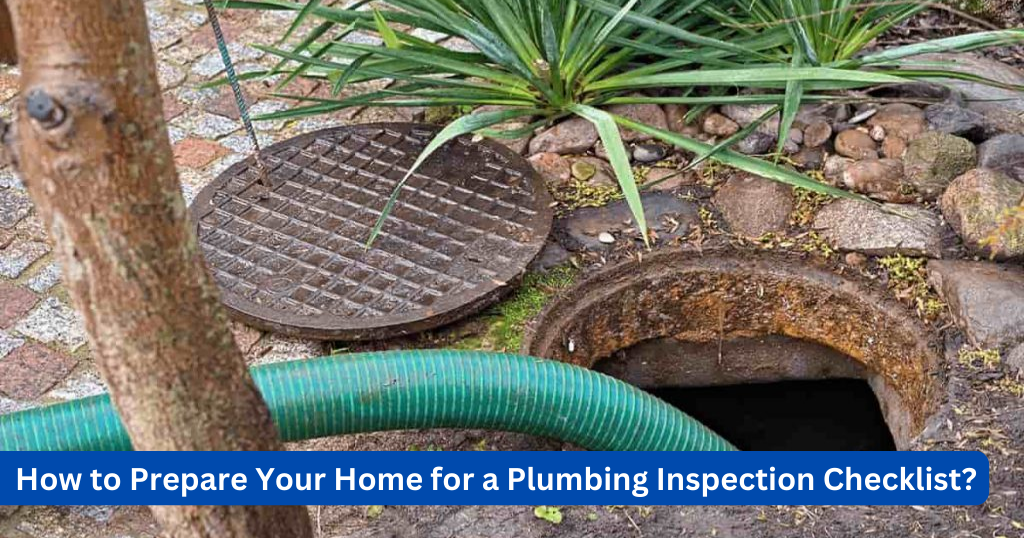
Preparing ahead can help the inspection go smoothly and be more accurate:
- Make sure the plumber can easily access faucets, drains, water heaters, and sump pumps
- Let the plumber know about any leaks or previous repairs you’ve had
- Keep the water turned on so that a functional test can be performed.
- Clear clutter around plumbing areas so nothing is missed
Being ready avoids delays and is helpful in satisfactory inspections.
Camera Inspection for Plumbing and Sewer Lines:
One important technology is video camera inspection, which helps identify problems that are invisible to the naked eye. Camera inspections give a detailed look inside pipes without digging.
A special waterproof camera is sent down the pipe to reveal blockages, roots, or cracks. This video camera inspection is the most effective way to catch problems before they turn into big, expensive repairs.
Plumbing Inspection Checklist: Key Areas:
During inspection, plumbers focus on main plumbing zones like:
- Kitchen sinks, drains, dishwashers, and related drain pipes.
- Bathroom shower, tub, toilet, and drain.
- Water heater area checked for leaks or corrosion.
- Sump pumps and the basement to check drainage and flood protection.
How do plumbers identify poor or unsafe plumbing conditions?
Plumbers identify issues through common signs such as:
- Pipes that are corroded, rusted, or damaged
- Visible water damage or mould growth
- Poor repairs or unprofessional installations
- Water pressure disorder or temperature problems
- Unsafe water heater placement or improper ventilation
Finding these problems early helps prevent accidents and costly fixes later.
Average cost of a complete plumbing inspection
The cost of a complete home plumbing inspection depends on a variety of factors, such as your location, the size of your home, and the complexity of your plumbing system. The cost increases even further if the inspection includes special features, such as a video camera inspection.
Benefits of Plumbing Inspection
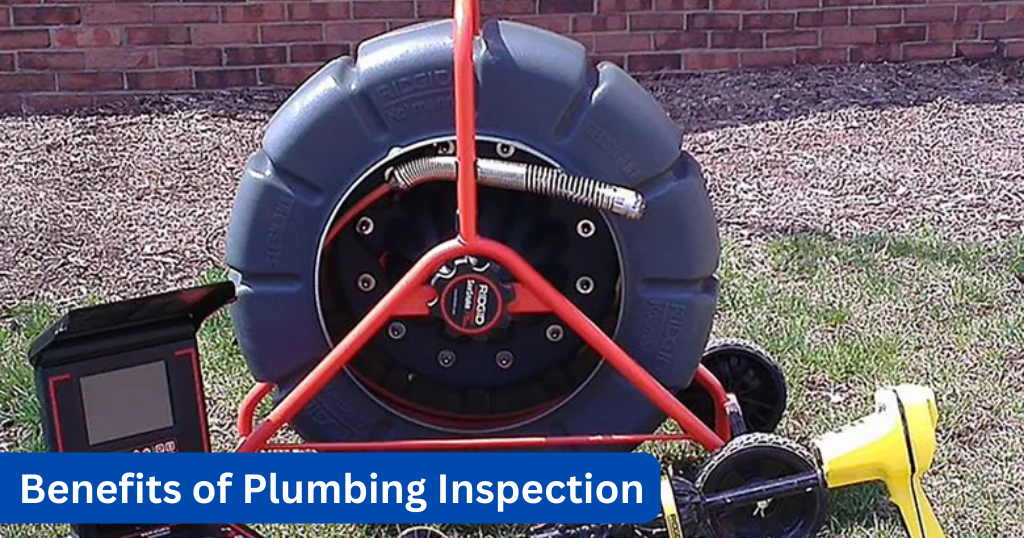
1. Keeps Home Safe
Water leaks and sewage problems often cause damage to walls, floors, or foundations. Inspections guarantee safety both internally and externally.
2. Provides a Healthy Environment
Leaks or sewage problems often cause moisture and odours, which are major contributors to the growth of germs. Inspections help keep your home environment clean and healthy.
3. Allows for timely repairs
Without inspection, minor problems can turn into significant losses. Plumbing inspections allow you to make timely repairs to avoid costly repairs and emergencies.
4. Increases the market value of your property
If you want to sell your property in the future, having a proper plumbing system increases buyer confidence. A recent inspection report can increase the market value.
5. Peace of mind and confidence
When you know that your home’s plumbing system is in good condition, you internally feel relaxed. You don’t have to worry that a major problem will suddenly arise.
How often should you schedule a plumbing inspection?
Experts generally suggest:
- At least once every year for routine care
- Before buying or selling a property
- Whenever recurring issues happen, like blockages or pressure problems
- After severe weather that may have affected plumbing
Routine checks keep plumbing running smoothly and avoid surprises.
Conclusion:
A plumbing inspection is a protective shield for your home’s water and drainage system. It prevents small problems from turning into major damage and allows you to get repairs done in a timely manner. It is a source of peace of mind for homeowners and a great way to build trust for buyers and sellers.
Regular inspections not only keep your home safe but can also significantly reduce your costs. If you want your homes and offices to remain safe and in good condition, make plumbing inspections a part of your regular maintenance.
To make sure your plumbing is in expert hands. Learn how to find the best plumber in your area and ensure your plumbing is in capable hands.
Frequently Asked Questions
What is a plumbing inspection?
A plumbing inspection is a professional inspection that checks your home’s water supply, drainage, pipes, and fixtures to identify leaks, blockages, corrosion, and other problems.
What problems can a plumbing inspection reveal?
Leaks, water pressure issues, sewer line blockages, rusty pipes, faulty fixtures, and water heater problems may be uncovered during an inspection.
What is a video camera inspection in plumbing?
A waterproof camera is sent inside a sewer or drain pipe to check for hidden clogs, cracks, or root problems that are not visible from the outside.
How often should I get a plumbing inspection?
It is generally best to get a plumbing inspection every 1 to 2 years, especially before buying or selling a home.
Is a plumbing inspection helpful when selling a home?
Yes, a fresh inspection report increases buyer confidence and can increase the market value of your home.
